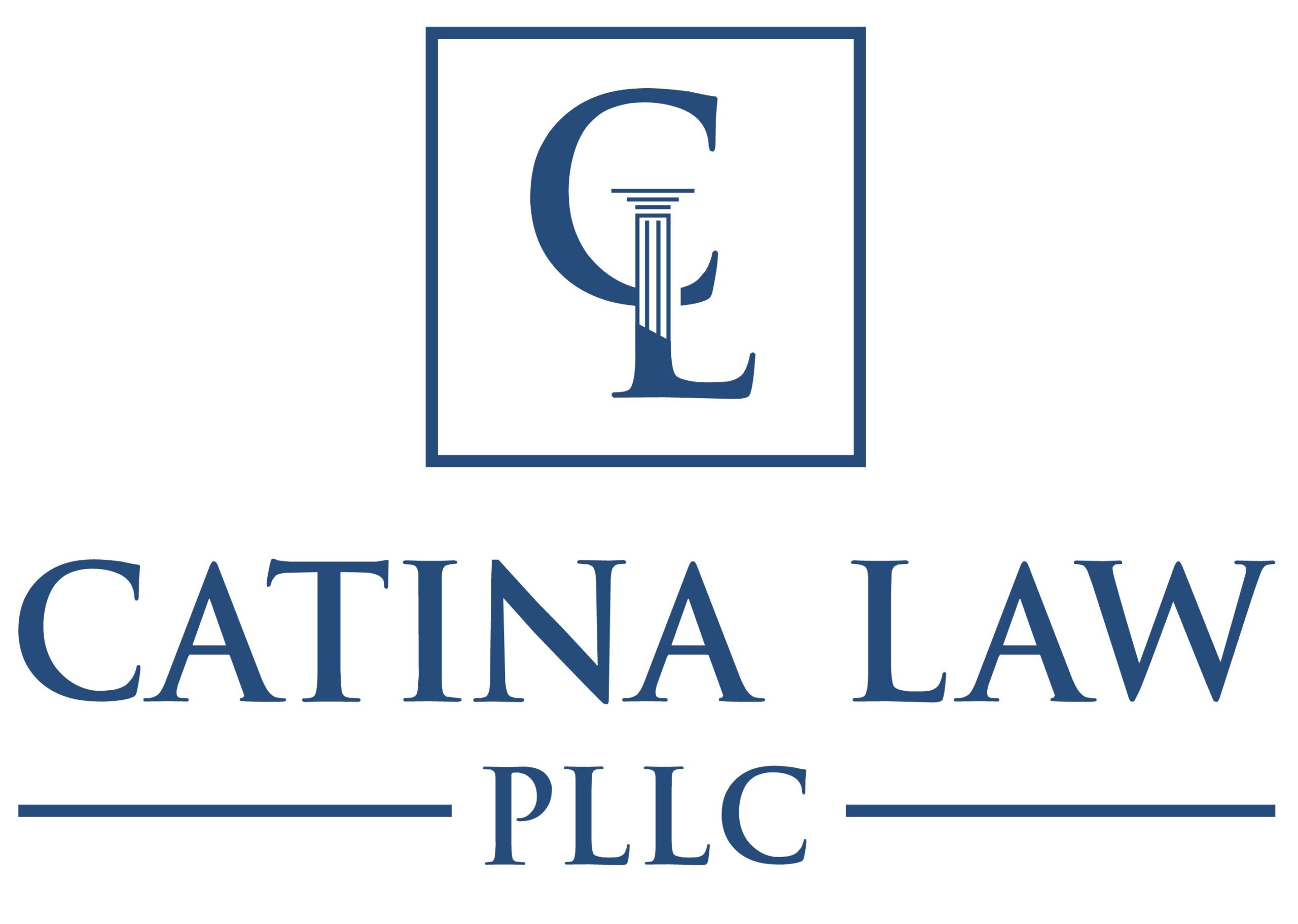New York made changes to its Labor Law recently that imposes strict liability on general contractors for wage violations of subcontractors. The law became effective on January 4, 2022 and imposes great responsibility on contractors for ensuring that subcontractors comply with the Labor Law as it relates to payment of employee wages.
Generally speaking, New York’s Labor Law provides extensive protection to employees in terms of proper payment of wages. Employees must be paid minimum wage, be compensated appropriately for overtime hours worked (if applicable) and receive certain breaks during the work day. Employers are also required to provide notices to employees upon hire that contain specific information. If an employer is found to have violated these provisions of the Labor Law, the potential damages could be significant, including attorneys’ fees and liquidated damages. Now, if a subcontractor is not following the requirements of the Labor Law, the general contractor can be held liable.
The new law, which adds new section 198-e to the Labor Law, states,
“A contractor making or taking a construction contract shall assume liability for any debt resulting from an action under section one hundred ninety-eight of this article, owed to a wage claimant or third party on the wage claimant’s behalf, incurred by a subcontractor at any tier acting under, by or for the contractor or its subcontractors for the wage claimant’s performance of labor.”
A contractors’ joint liability for subcontractor liability cannot be waived by agreement or release, except by a collective bargaining agreement. Section 198-e(10) states, “[t]he provisions of section 198-e may be waived by a collective bargaining agreement with a bona fide building and construction trade labor organization which has established itself, and/or its affiliates, as the collective bargaining representative for persons performing work on a project, provided that for such waiver to be valid, it shall explicitly reference section 198-e.”
The statute of limitations for claims against a contractor pursuant to section 198-e is three years prior to the initiation of such claim in a court of competent jurisdiction or the commencement of a civil action brought forth by the attorney general.
How can contractors protect themselves? Take steps to make sure that subcontractors are complying with the Labor Law, including requiring certain provisions in their contract with subcontractors, such as:
– A provision requiring that the subcontractor pay wages, benefits and wage supplements to their employees on a timely basis.
– A provision requiring that the subcontractor comply with any benefits laws and all other applicable federal, state and local wage laws.
– A provision requiring that the subcontractor certify on a periodic basis that it is in compliance with federal, state and local wage laws.
– A provision requiring that the subcontractor maintain all records relating to the payment of its project employees for a period of at least three years from the final completion date of the project.
– A provision whereby the subcontractor agrees to permit the contractor to audit its records relating to payment of wages to project employees.
– A provision whereby subcontractor agrees to indemnify the contractor for any claims asserted against it under section 198-e and/or otherwise asserted pursuant to the Labor Law relating to the subcontractors employees.
The imposition of strict liability against contractors for the actions of a subcontractor is a significant change in the law. Contractors should take great care in choosing the subcontractors that they choose to work with as the potential liability that could result from a subcontractor that does not pay its employees appropriately could be tremendous.
Disclaimer: The information contained in this post is not, nor is it intended to be, legal advice. You should consult an attorney for advice regarding your individual situation. We invite you to contact us and welcome your calls and communications. Contacting us, however, does not create an attorney-client relationship.

